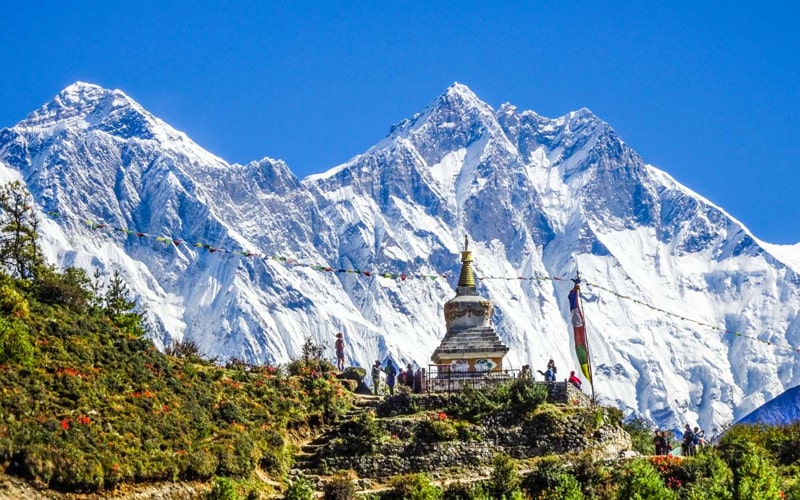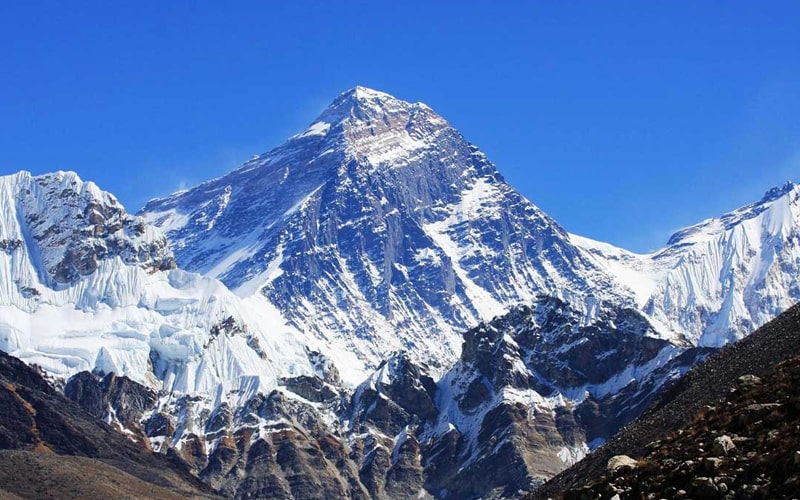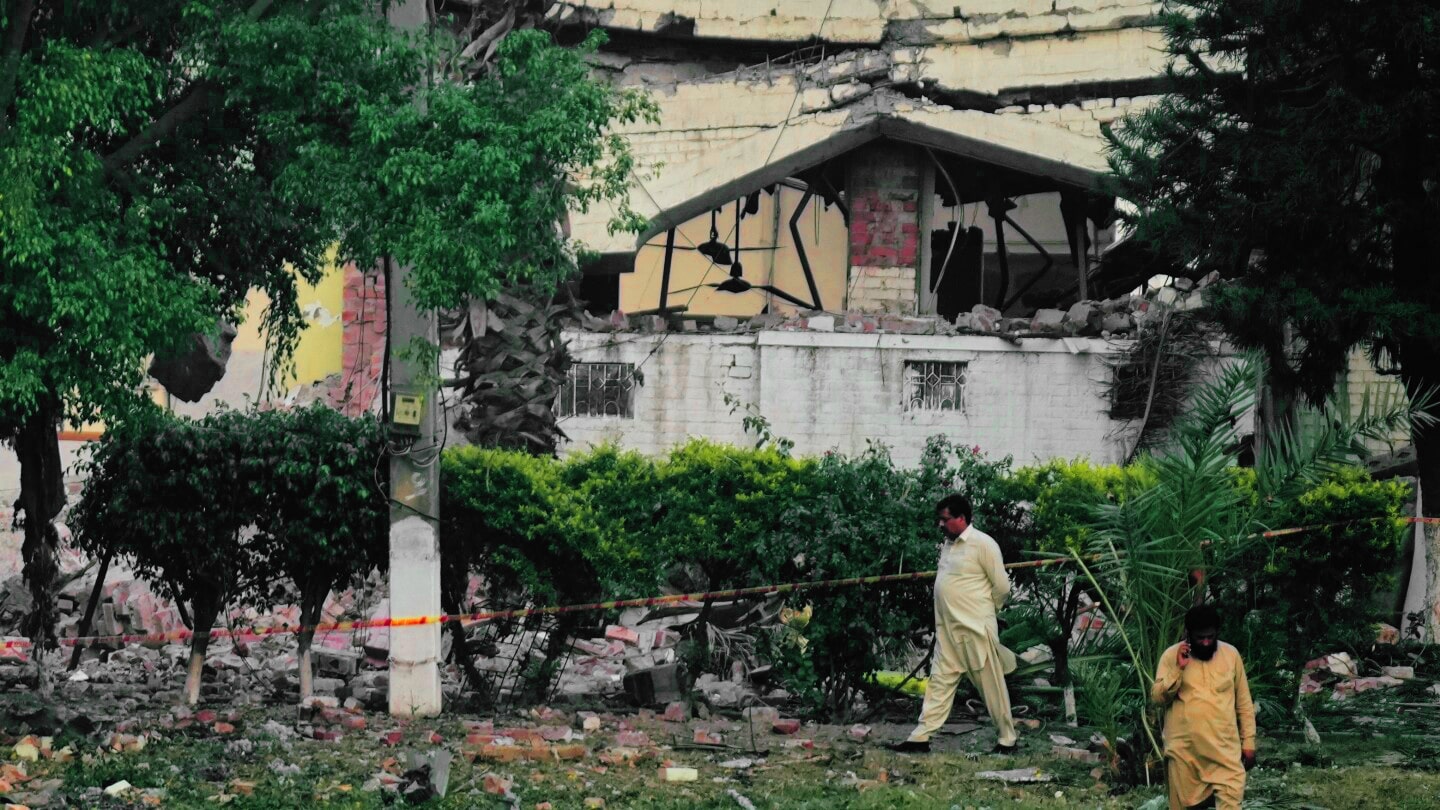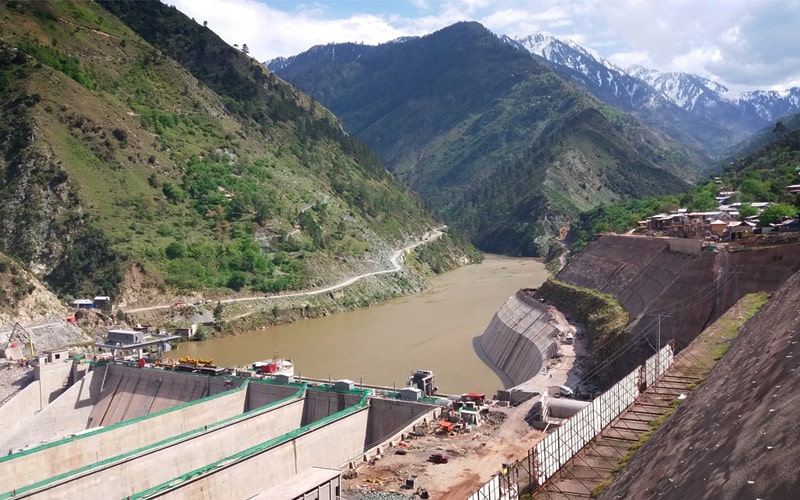Summary: New law proposes Everest permits only for those who’ve scaled at least one 7,000-meter mountain in Nepal. Aims to reduce overcrowding and deaths in Everest’s “Death Zone.” Draft legislation requires Nepali citizens as head guides. International guides and climbers raise concerns over limitations. Law under review in Nepal’s National Assembly. Nepal’s Safety Crackdown on Everest Nepal is set to introduce a new law that would limit permits to Mount Everest to only those climbers who have successfully scaled a mountain of at least 7,000 meters within the country. The move comes as a direct response to overcrowding concerns and rising fatalities in the mountain’s “Death Zone,” where oxygen levels are dangerously low. In 2023 alone, 12 climbers died and five went missing, prompting criticism over the government’s decision to issue 478 climbing permits that year. 🔗 Full report via Reuters What the New Everest Law Requires According to the draft law submitted to Nepal’s National Assembly: Everest permits will only be granted to climbers who submit proof of having climbed a 7,000+ meter mountain in Nepal. Each expedition’s head guide (sardar) and accompanying mountain guide must be Nepali citizens. Nepal currently has over 400 peaks open for expeditions, with 74 over 7,000 meters, though officials say only a handful are popular enough for climbers to use as preparation. International Community Voices Concern Climbing professionals and expedition companies abroad are calling the proposed rule too restrictive. Lukas Furtenbach of Furtenbach Adventures (Austria), currently leading an Everest expedition, stated: “This wouldn’t …
Farhan Malick
Farhan Malick
Topics:

Summary:
-
New law proposes Everest permits only for those who’ve scaled at least one 7,000-meter mountain in Nepal.
-
Aims to reduce overcrowding and deaths in Everest’s “Death Zone.”
-
Draft legislation requires Nepali citizens as head guides.
-
International guides and climbers raise concerns over limitations.
-
Law under review in Nepal’s National Assembly.
Nepal’s Safety Crackdown on Everest

Nepal is set to introduce a new law that would limit permits to Mount Everest to only those climbers who have successfully scaled a mountain of at least 7,000 meters within the country. The move comes as a direct response to overcrowding concerns and rising fatalities in the mountain’s “Death Zone,” where oxygen levels are dangerously low.
In 2023 alone, 12 climbers died and five went missing, prompting criticism over the government’s decision to issue 478 climbing permits that year.
What the New Everest Law Requires
According to the draft law submitted to Nepal’s National Assembly:
-
Everest permits will only be granted to climbers who submit proof of having climbed a 7,000+ meter mountain in Nepal.
-
Each expedition’s head guide (sardar) and accompanying mountain guide must be Nepali citizens.
Nepal currently has over 400 peaks open for expeditions, with 74 over 7,000 meters, though officials say only a handful are popular enough for climbers to use as preparation.
International Community Voices Concern
Climbing professionals and expedition companies abroad are calling the proposed rule too restrictive.
Lukas Furtenbach of Furtenbach Adventures (Austria), currently leading an Everest expedition, stated:
“This wouldn’t make any sense. Peaks like Ama Dablam, Aconcagua, and Denali—which are used for preparation worldwide—should also count.”
Furtenbach also emphasized the need to allow foreign mountain guides with proper international credentials like IFMGA certification.
Similarly, Garrett Madison of Madison Mountaineering (USA) argued that a 6,500-meter requirement from anywhere in the world might be more practical:
“It’s too difficult to find a reasonable 7,000-meter-plus peak in Nepal.”
Aiming for Fewer Fatalities, Not Fewer Climbers
Tashi Lhakpa Sherpa, of 14 Peaks Expedition and an eight-time Everest summiteer, supported the government’s goals but acknowledged the logistical challenges:
“Only a few of the 7,000-meter mountains attract climbers.”
If passed, the law is expected to drastically reduce risk for first-time Everest climbers and prevent traffic jams near the summit. The ruling alliance in parliament currently holds enough votes to approve the measure.
Subscribe to Our Newsletter
Keep in touch with our news & offers













